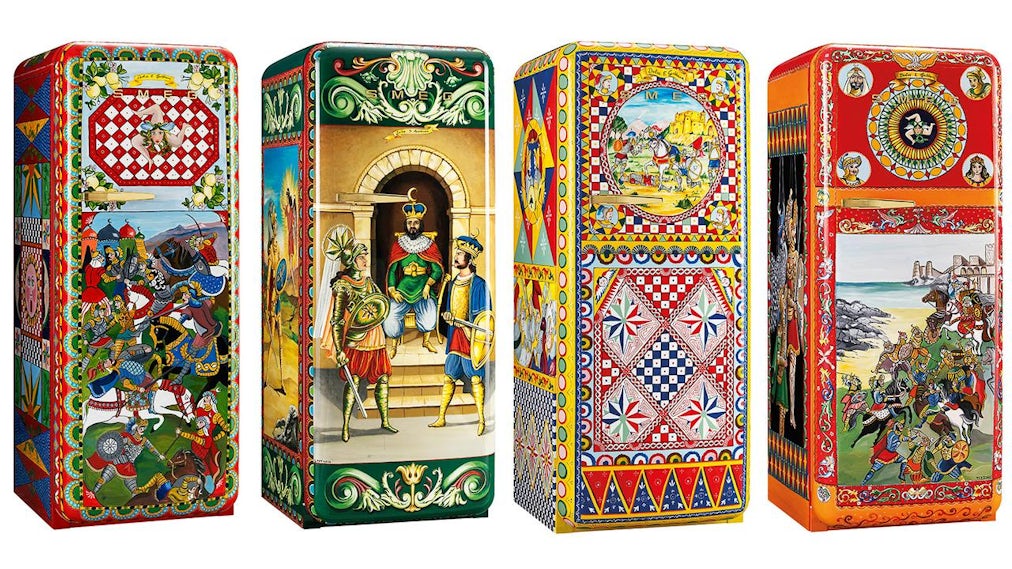“Bijoy Jain is one of the world’s most fascinating and interesting architects,” begins Naomi Milgrom, chair of the Naomi Milgrom Foundation and founder of MPavilion. Presenting the architect’s design for this year’s MPavilion in Melbourne, Australia, Milgrom thinks back to the moment she first became interested in the work of Studio Mumbai. “It was fascinating to me that he was working with a model around collaboration, so that he had a lot of craftspeople working with him in his studio.”
Collaboration — or creative connectedness, as Milgrom calls it — is a major part of the Foundation’s vision and agenda. When he was selected as the designer for MPavilion in February 2016, Jain expressed that he wanted his design to be “a symbol of the elemental nature of communal structures” so as to create “a place of engagement: a space to discover the essentials of the world — and of oneself.”
Having difficulties viewing on mobile? Click here.
MPavilion is an initiative that was inaugurated in 2014 with a pavilion by Australian architect Sean Godsell. The commission, which began as a form of response to London’s Serpentine Pavilion program, then saw British architect Amanda Levete and her firm AL_A build a forest-like canopy for the site in Melbourne’s Queen Victoria Gardens. Now in its third year, MPavilion continues to focus on the creation of a special structure dedicated to exchange and personal experience through design and craftsmanship.
“Bijoy Jain’s architecture has been described as ethical, and what that means is that he actually displays an empathy,” explains Milgrom. “In practical terms, it’s not a technical response, it’s an emotional response and more of a way of life.”


Top: model from above, image courtesy of Studio Mumbai
At the forefront of the MPavilion this year is the value of a craft passed on from generation to generation. The pavilion will stand 12 meters (39 feet) tall, featuring an awning-style roof canopy as well as a rooftop “tazia,” which is a form of decorative element common in traditional Indian ceremonies. The roof is made of karvi panels — a mix of cow dung and earth — that are tied to the bamboo structure and coated with a waterproof layer of white lime daub.
Both Jain and Milgrom came up with the idea of a column-free space when they visited the site together. The pavilion that Jain then drew up is a structure that implies a connection between ground, sky and earth and addresses the presence of the natural elements of water, light and air.



The scaffold-like bamboo structure will become the largest of its kind ever built in Australia. While there is unending praise for the qualities of bamboo as a light, sturdy, flexible and readily available material, Jain interprets bamboo beyond its material qualities. To him, the material has the ability to transcend its material nature and set the stage for a phenomenal experience for the visitor.
In the past months, the team at Studio Mumbai has tested the pavilion with a series of models and prototypes. Working hand-in-hand with Australian builders to study traditional building techniques used by local craftsmen in India, Bijoy Jain takes the collaborative approach to its full potential to reflect the cultural influences that unite both countries.



Top: Bijoy Jain sketches plans for the pavilion, image courtesy of Studio Mumbai.
The pavilion and its materiality evokes scaffolding structures, and Jain elaborates on the meaning of this form. “I’m interested in the idea not of the physical scaffolding, but that it suggests an idea of the manifold, where the structure is, in some way, communicative of something that one builds on.” In accordance with the pavilion’s manifesto as a place for cultural programming and exchange, Jain says his design is “a constructive space [and] a creative space.”
Once built, MPavilion will be open to the public between October 2016 and February 2017 as a gathering place where individuals can think and reflect. “The hope is that for the people of Melbourne, it creates a space where they can experience that,” says Jain.
Cover image: Model by Studio Mumbai, image courtesy of Studio Mumbai; all photos by Nicholas Watt, unless otherwise noted









